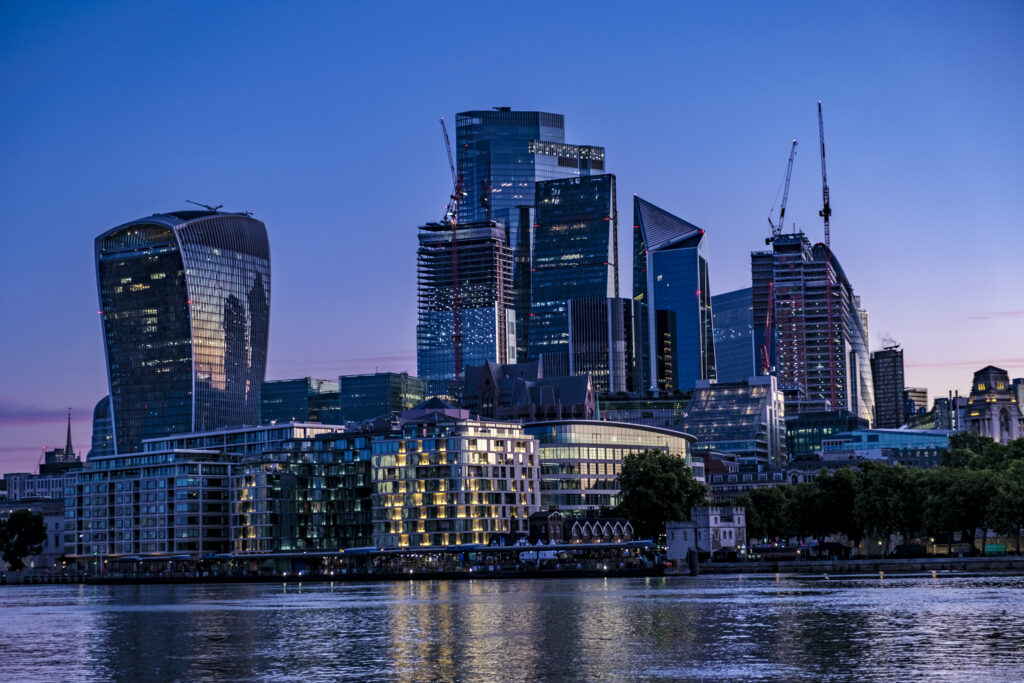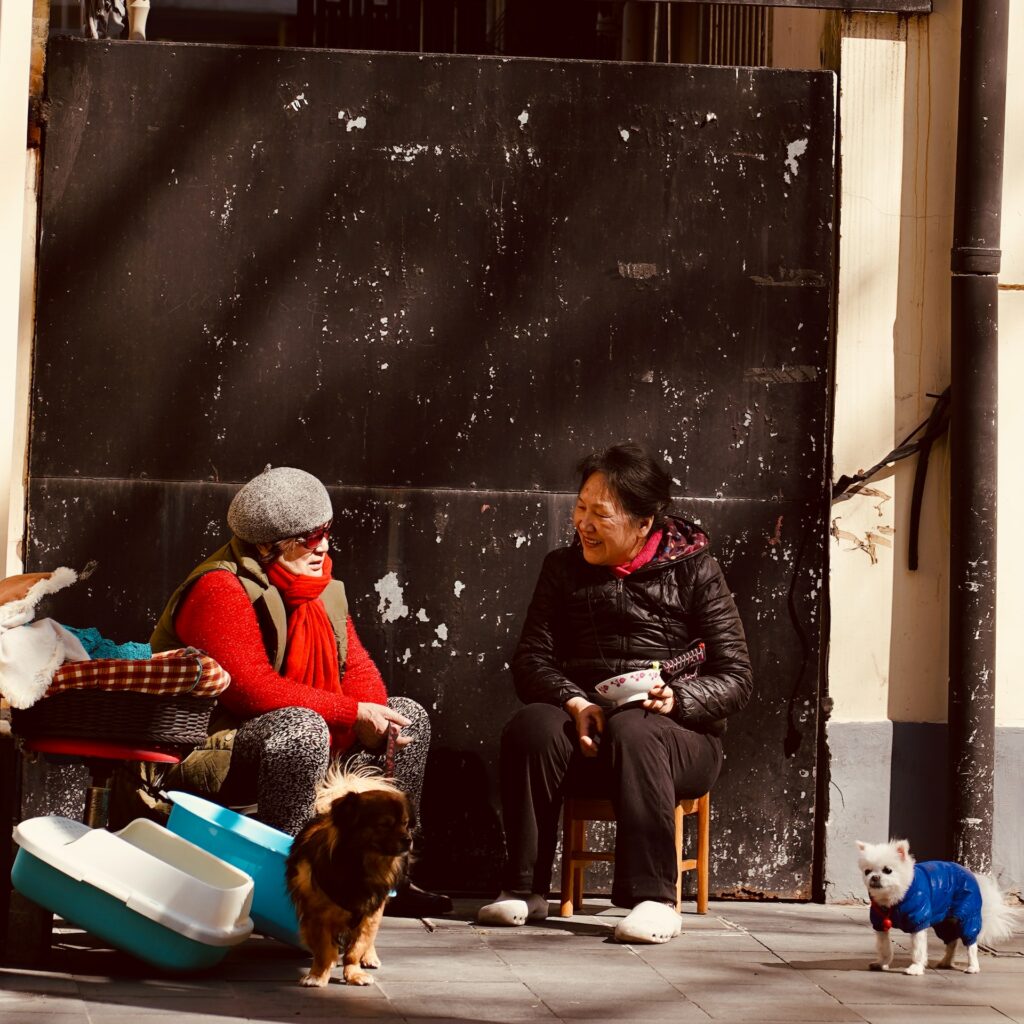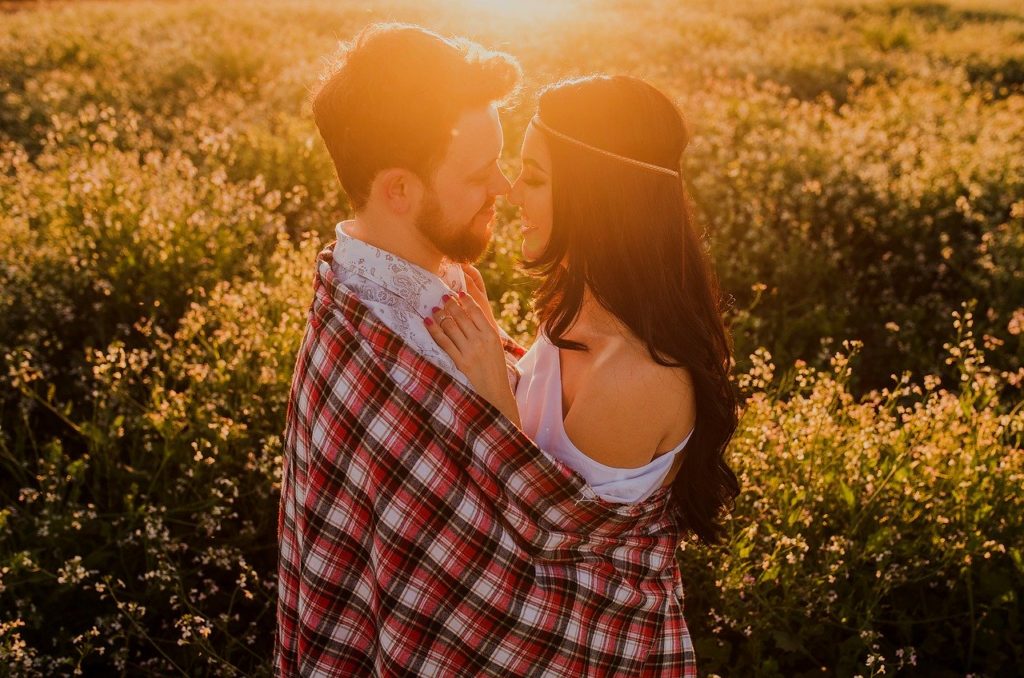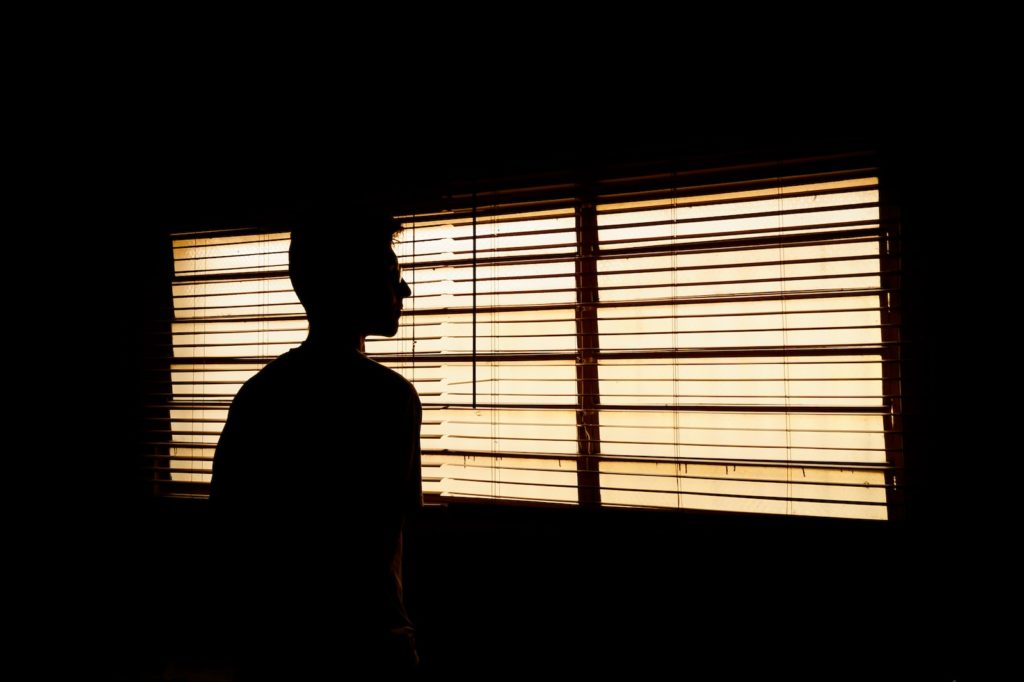Photographing city life is rewarding but at the same time is quite a challenging type of photography as everything is fast and constantly changing and moving. People and vehicles are constantly on the move and the photographer needs to be very quick sometimes and spend a lot of time observing the environment to get a neat and meaningful shot. In this article, we will look at a few ways to capture the life of a city through street photography.

Learning to shoot with the camera you have on you is one of the KEYS to building a collection of great urban and street images. This week the Urban iPhone Photography course by IPS will give you the skills for continually compelling shots. And it's 80% discounted. PLUS we will send you our notes for the course so you don't have to take them yourself with our Urban iPhone Photography Buddy Notes! Free! Secure your discount and bonus here.
Remember, you can also capture street photography without people when you are capturing life in the city. When capturing streets without people, look to include something in the frame that will have a story. For example, weathered walls, objects lying around, characteristics of buildings as a result of some kind of artwork, etc.
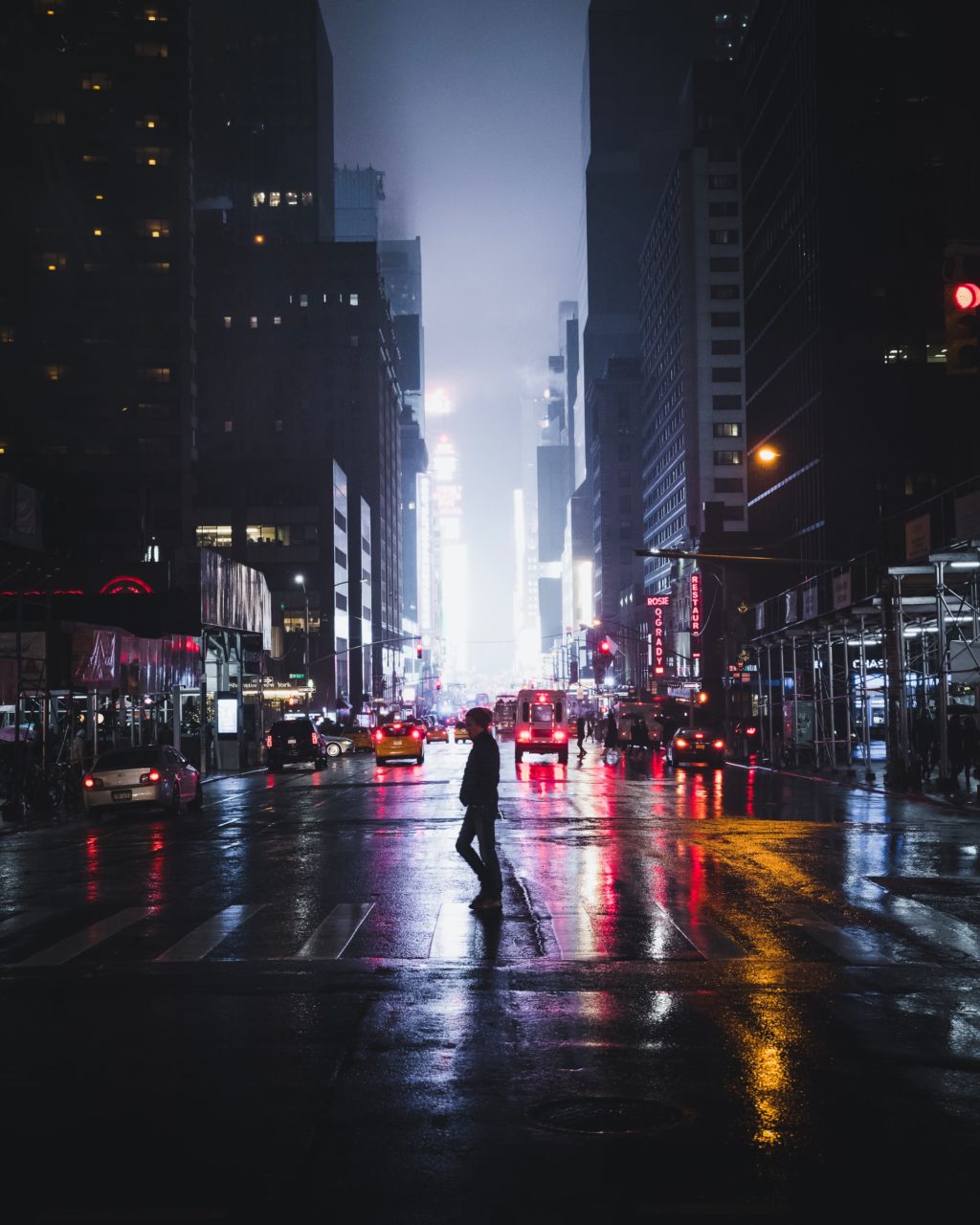
1. City Life Portraits
City life or street portraits do not mean that you have to make portraits of people by asking them to pose for you. Candid photographs help capture authentic emotions and happenings in a city. So when you are in a location and you are seeing something happening, you need to be ready to capture the moment. Trains, undergrounds are also great places to capture city portraits.
There are times when you may have visualized a frame that you wish to capture, for example, a subject between buildings, an alleyway, a doorway, an arch, or another interesting structure, etc. In situations like these, you will need to wait with the right composition and settings, looking through the viewfinder, so you can capture the photograph when the desired subject walks through it. You may have to use a faster shutter speed to freeze the movements and use the zone focusing technique if you think you may miss getting the focus right.
Cities are most of the time busy with people and vehicles moving around all the time. When capturing the essence of the city life, capture photographs in such a way that it shows the hustle and bustle of the city, like a person hurrying to work, or jumping onto an underground train, and so on. A decisive moment is very important in capturing authentic city street photographs.
Besides the hustle and bustle of the city life, there are also other quieter moments taking place around the city like people reading newspapers, interacting with each other, etc. Observe people from a distance and wait for moments to happen that you can capture. As much as possible, it is good to stay discreet and not disturb people going about their daily lives.
There are also the quieter residential areas in cities where one can capture the true life of the people living in a city. If it is an area where you are allowed to take photographs, then walk around and capture the people going about their lives in a city environment. If you have to ask for permission, do that and make sure that you respect people’s privacy.
Do not worry about capturing peoples’ smiles in the photos. A street portrait looks natural when the photographer captures the raw emotions in people in order to portray the true story.
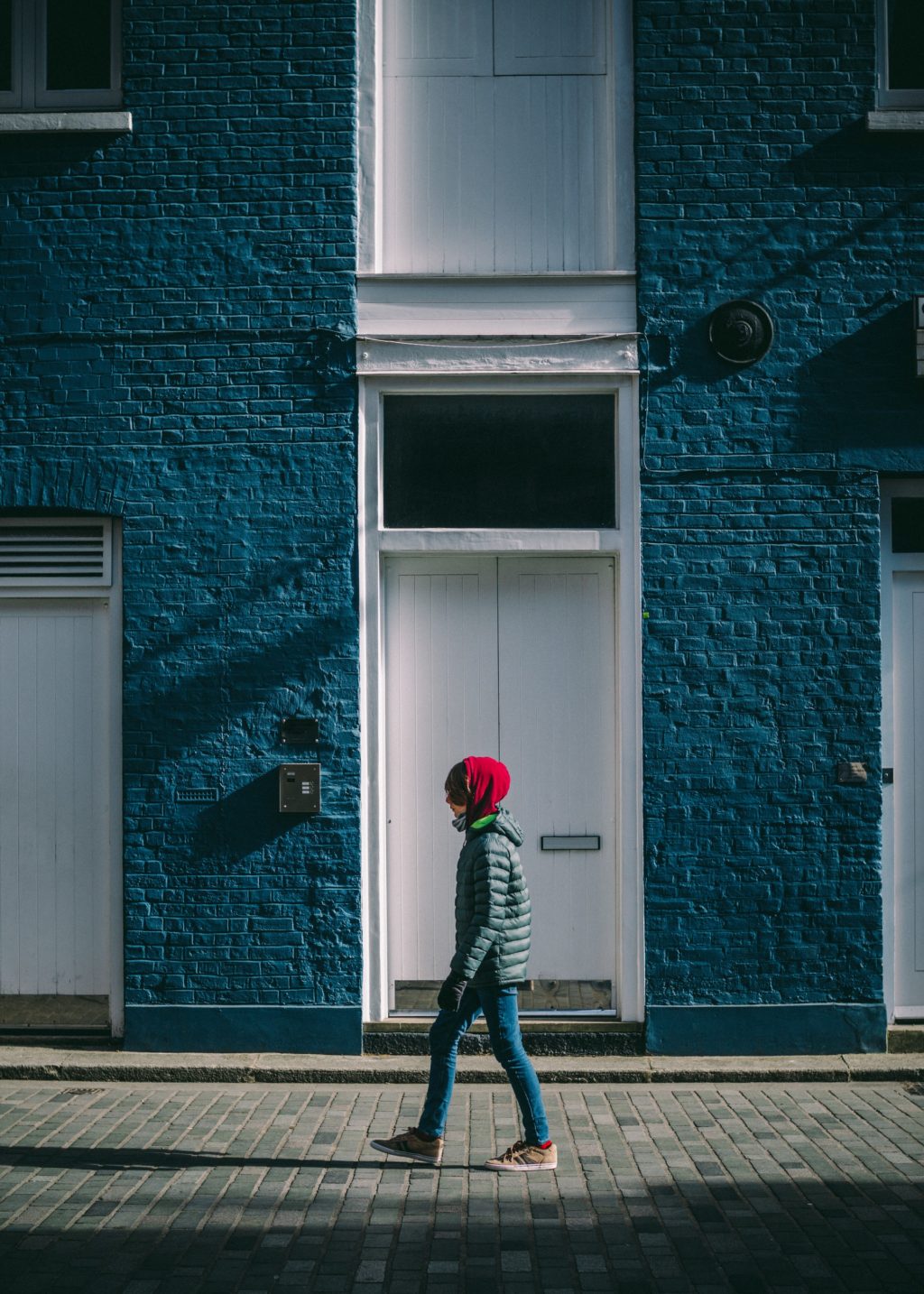
2. Look-Up Shots
When you are walking around in the streets of a city or any locality, always look around and do not forget to look up. The unrealistic perspective of the tall buildings when shot looking up can help to show the characteristics of the architecture in a particular city.
Days with beautiful and dramatic clouds can add more drama to look-up shots. The textures of the clouds and the dramatic lighting can help with images that have more depth than when shot otherwise.
You will also have an opportunity to include a combination of buildings in a frame depending on the focal length you use for the look-up shot. For example, look-up shots can be a great way to incorporate juxtaposition as a compositional guideline in your photograph. Other compositional guidelines that can be used for look-up shots are reflections, negative space, leading lines, geometry, etc.
Look-up shots are one of the easiest to capture. You will need to use a wide focal length for this situation, sometimes even wider than 24mm and narrow aperture value. You need to capture all the details right from the sky to the buildings and this can also be easily captured with a smartphone.
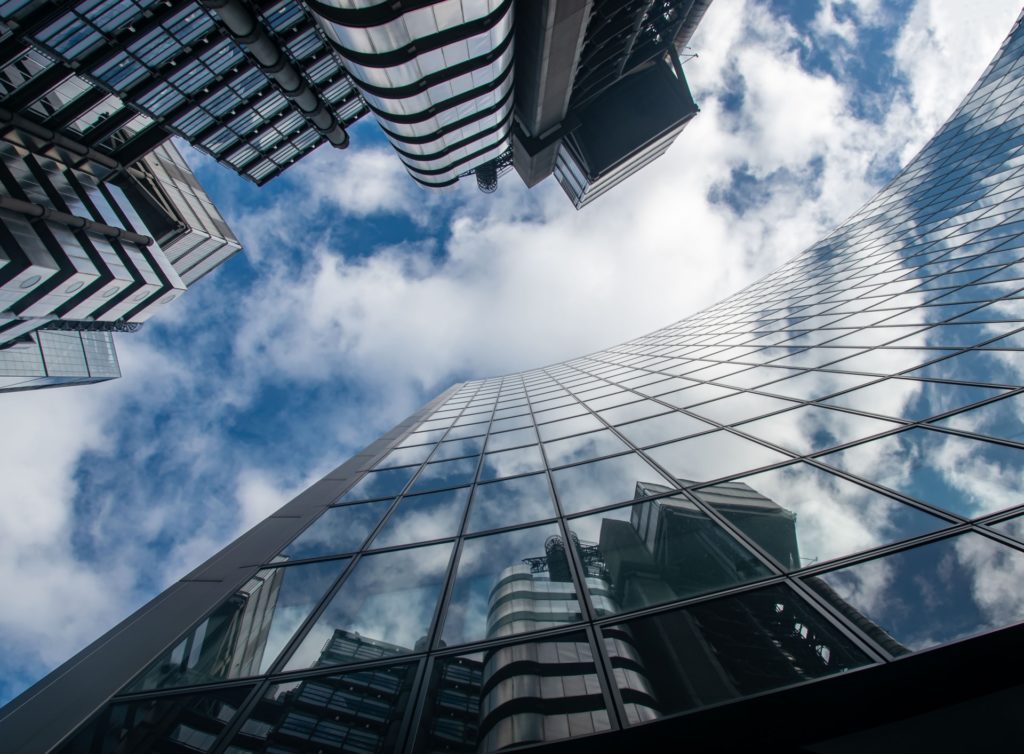
3. Look-Down Shots
As much as how look-up shots are compelling and intriguing, look-down shots give the same mysterious feel as we see the city and its life from a different perspective than the one when walking on the streets. These shots are great when shot from a bridge, a high-rise building, a balcony, etc.
When looking down, look for interesting patterns, geometry, lines, etc., that you can use to compose the shots. Do not crowd the frame, but rather try to focus on one subject and keep them as the main subject of interest in the image by isolating them using some technique. This can be done through colors, contrast, light, and shadows, blurring other elements and keeping the subject in focus, etc.
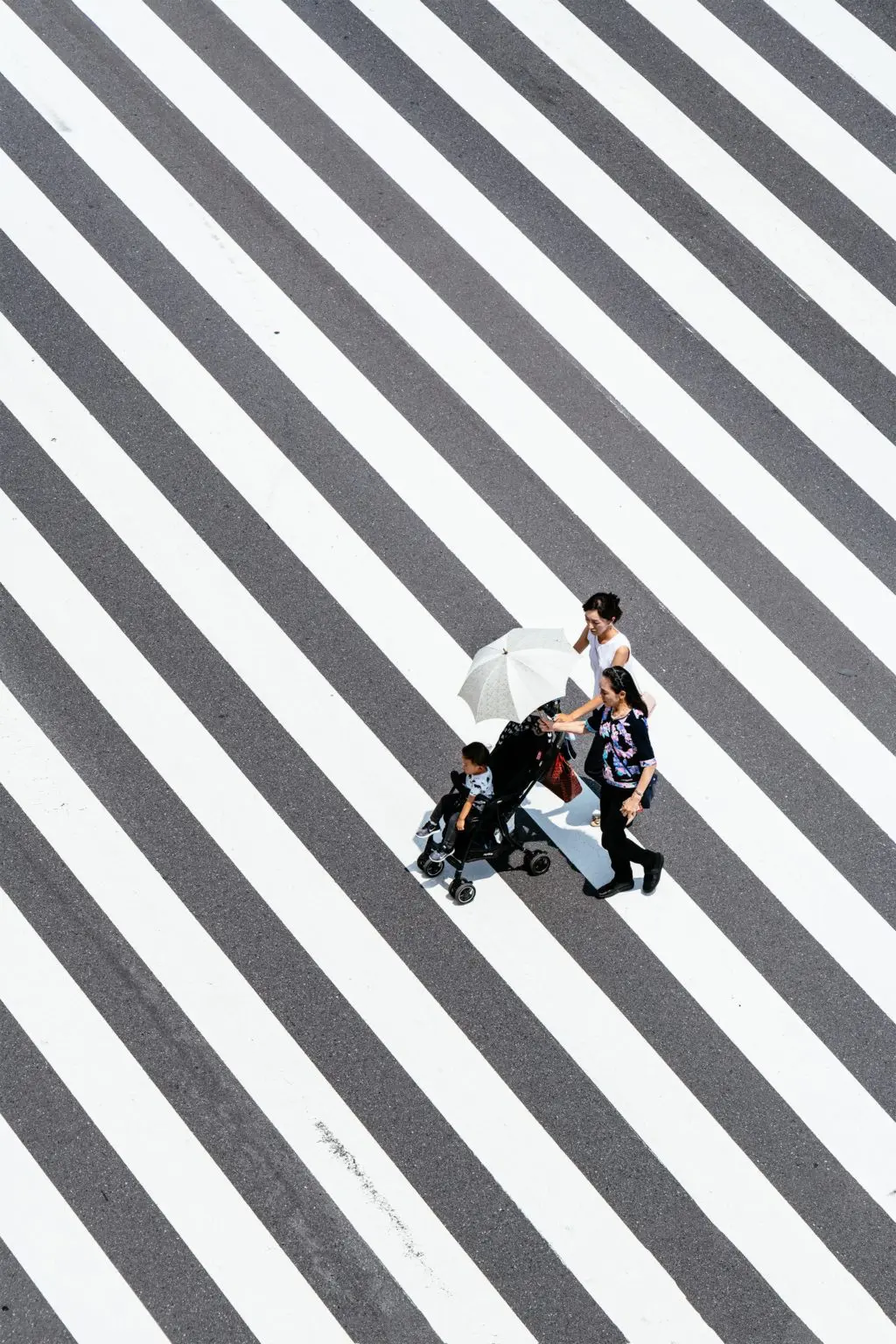
Sometimes, capturing motion blur can also help to show how busy a location is.
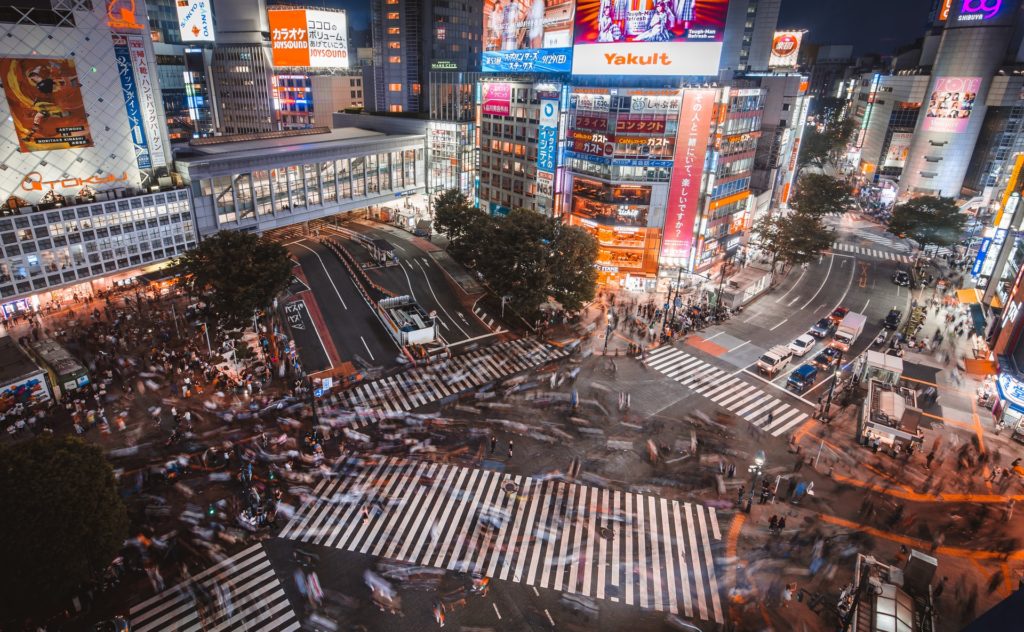
4. Movements Through Blur
Capturing movements in street photography can help incorporate a dynamic mood into street images. This can be achieved by having the camera still and blurring the subject’s movement using slower shutter speeds or by panning the shot along with the subject’s movement so that the background is blurred showing direction and speed of movement.
When you want to capture the subject’s movement, depending on how fast the subject is moving, you will need to adjust the shutter speed, but make sure that you avoid camera shake as this can ruin the shot. Keep the subject a distance away from the camera to have them in focus and to get a meaningful shot.
When panning, pan smoothly along the direction of the subject’s movement to get a clean smooth pan. Similar to blurring the subject we discussed above, you need to have your subject a bit further away from the camera to get a decent and meaningful shot.
Another way to capture the dynamic mood of a city is to have your subject still and then to have background and foreground movements like moving people and other vehicles blurred. This will portray how busy a location can be at certain times without keeping the frame busy. You will need to use a slightly slower shutter speed to capture the happenings in the background and foreground blurry while still having the subject sharp. Use a shutter speed that will not cause a camera shake and keep the hands steady.
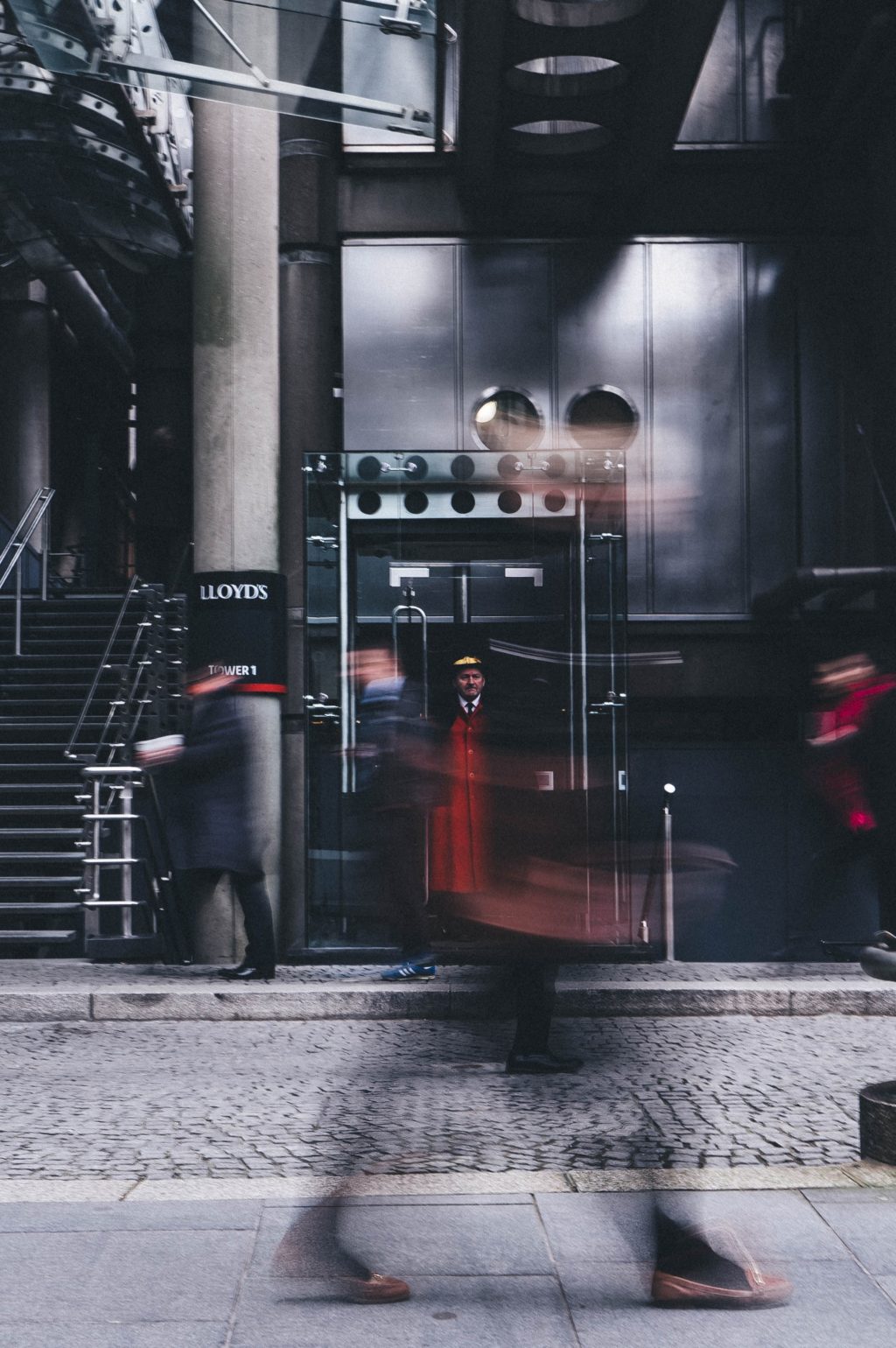
5. Capture Silhouettes
Silhouettes are easy to photograph if you know how to capture an engaging photograph. Look for scenes with high contrast in light intensity between the background and the foreground. The background needs to be bright so you can capture the silhouette of your subject in the foreground.
Silhouettes may not look interesting for all scenes, but in situations where you are looking to capture a mysterious story or one that evokes curiosity, silhouettes can be used to creatively capture the scene in the city. This can be done during the day and night time when photographing the city.
When photographing silhouettes, have the focus on your subject, but expose for the bright areas. Your subject should be in the darker area in order to capture a silhouette. You may need to slightly work on the exposures if you do not get the desired results as the camera can sometimes get confused with the exposure due to the great variation in light intensity.

Learning to shoot with the camera you have on you is one of the KEYS to building a collection of great urban and street images. This week the Urban iPhone Photography course by IPS will give you the skills for continually compelling shots. And it's 80% discounted. PLUS we will send you our notes for the course so you don't have to take them yourself with our Urban iPhone Photography Buddy Notes! Free! Secure your discount and bonus here.
As with all setups, look for great compositions when capturing silhouettes. Look for a location that interests you, frame the scene, and wait for the subject to enter the scene. You may need to make use of zone focusing if it's difficult to focus in the dark. Make sure you use a narrow enough aperture value to get sharp images.
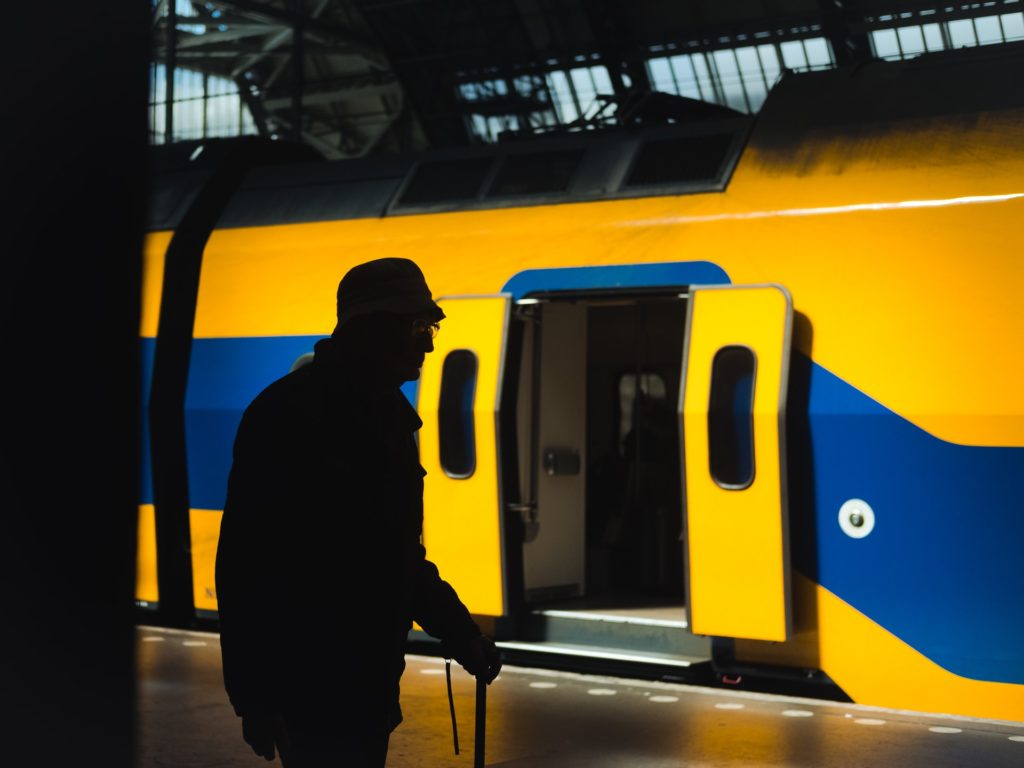
6. Early Morning Shots
Early morning shots starting right from the blue hour till the golden hour can be one of the best times for capturing life in the city. In the early hours, you will be able to capture the city without much crowd and be also able to document how the city feels before everyone wakes up and becomes busy. You will have very few people outside, so it is a great time for capturing isolated subjects.
The golden hour can cast some interesting and dramatic shadows and also fill the city with a magical atmosphere that can look great when photographed. The buildings also shine in golden hues during this time of the day and hence the early morning photography can be a great way to capture the calm atmosphere of the city.
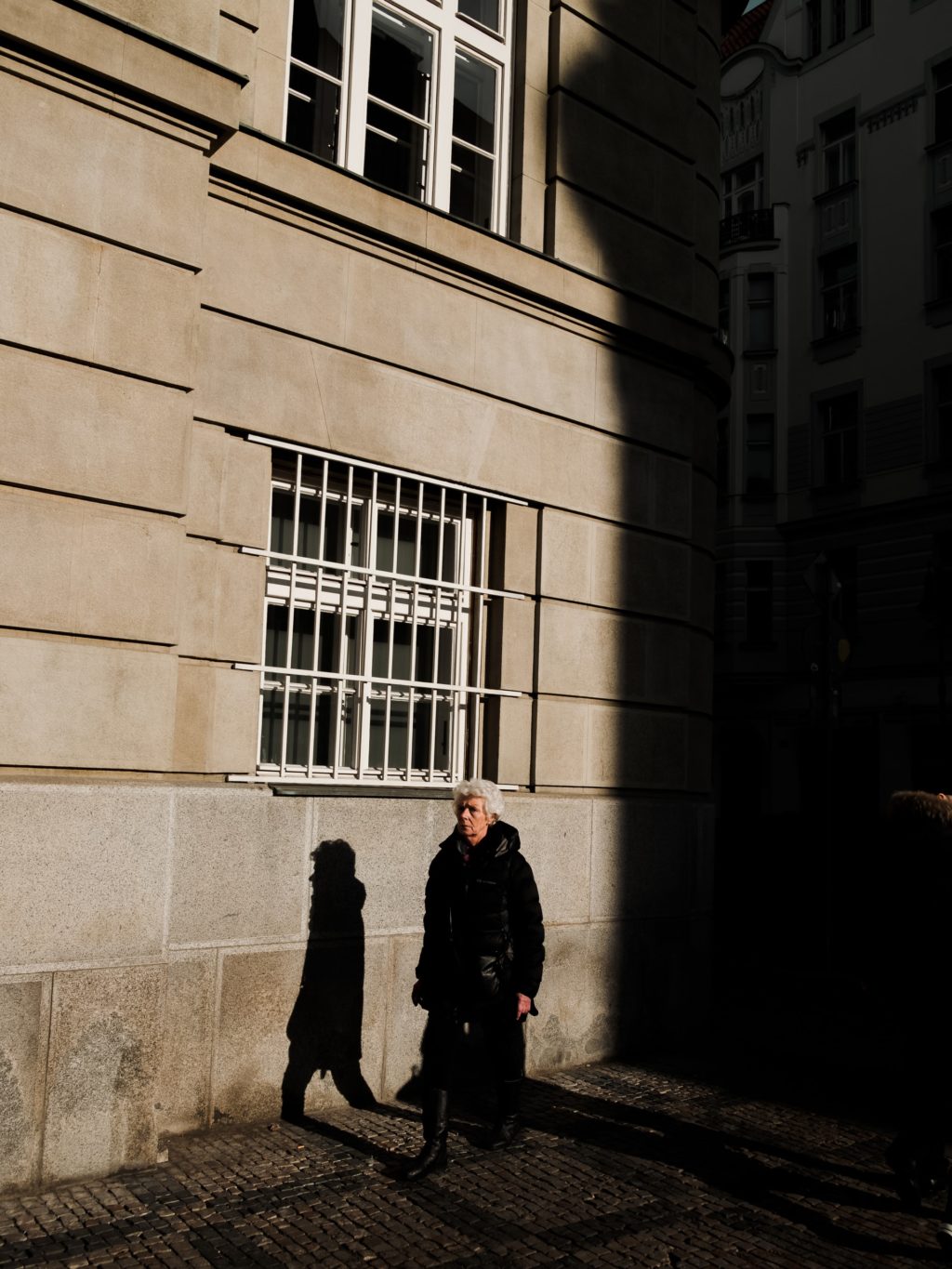
7. Night Shots
Night photography in a city helps to capture a different atmosphere and the happenings can be quite different compared to what happens during the day. With the colorful lights and displays all over the city, its buildings, shop windows, cafes, bars, etc., night photography can open up opportunities to capture the beauty of a city and its life from a different perspective.
When photographing at night, you are limited in terms of light. So you need to take care of the shutter speed by shooting at higher iso values depending on the light in the scene. Try to maintain a balance between iso and shutter speed – you do not want a low shutter speed and get blurry subjects due to camera shake and you do not want too much noise by shooting in very high iso values.
Keep the rule for shutter speed in mind which is that it should be faster than 1/focal length taking into account the crop factor. Use wide aperture values where possible when shooting at night, especially for portraits, as it can help with the beautiful bokeh of the city lights. Then set the iso to get the desired exposure.
All kinds of photographs like street portraits, blur shots, look up and look down shots, and many more can also be done at night. You can capture some brilliant light trails from the traffic when you are capturing the movement of the city life during the nighttime. This gives street photography a whole new meaning and atmosphere.
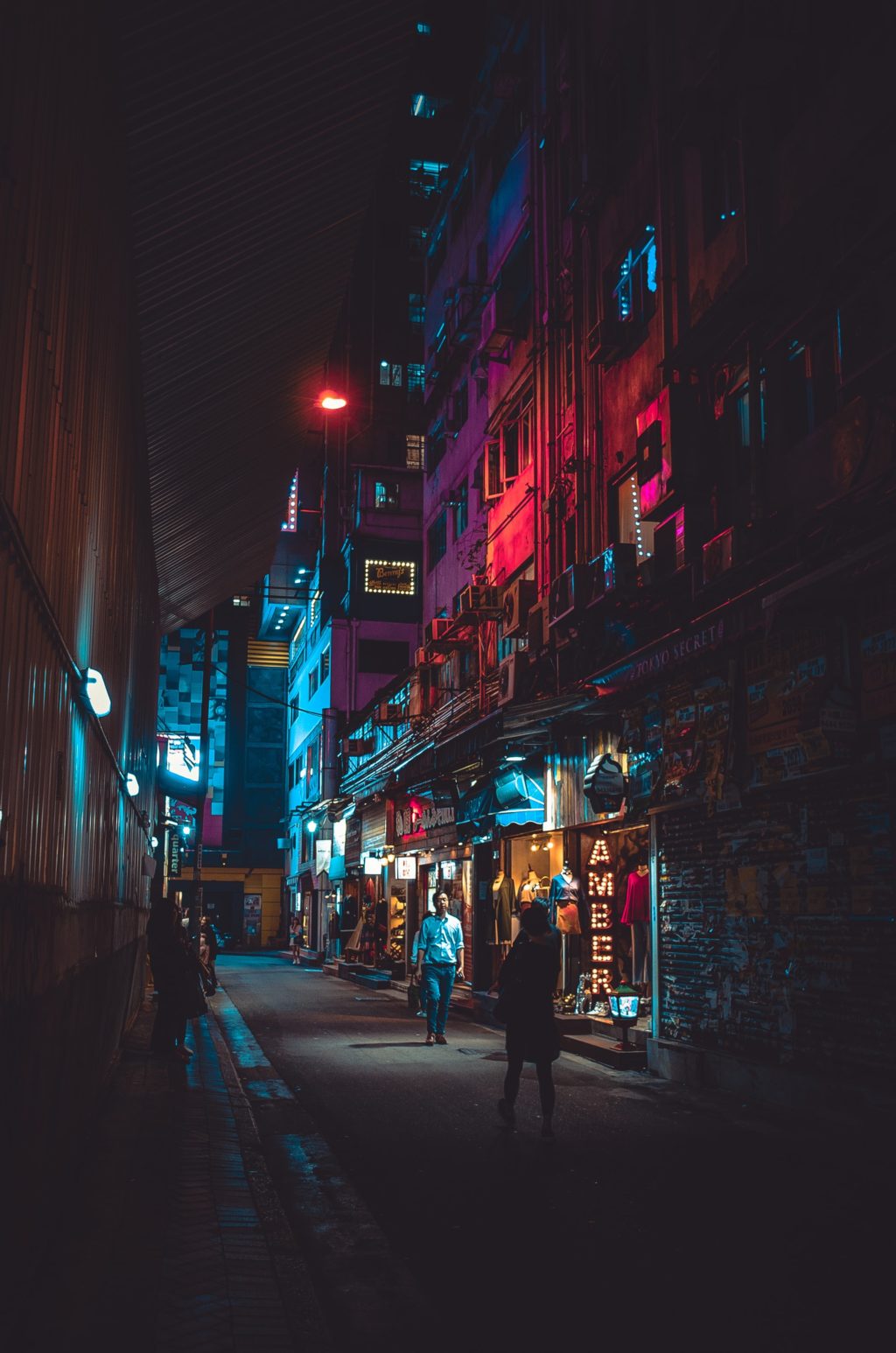
8. Be Confident
If you want to capture interesting street photographs, you need to gather some courage and be confident. There are times when someone may yell at you, but it is all part of street photography. When someone is unhappy about you taking their photograph, smile at them and be ready to apologize and delete the picture.
Compositions When Capturing Life In A City
Composition is important when shooting any genre of photography. A lot of interesting compositional guidelines can be used when photographing the streets in a city and here are a few guidelines to give you some ideas.
1. Rule Of Thirds:
The rule of thirds is the most basic compositional guideline that is used in most photographs in combination with other compositional guidelines. Using the rule of thirds will help to capture a neat photograph and also maintain the balance between the subject and the surrounding areas.
2. Geometry:
Geometry can be seen in architectural structures and in other structures in the streets of cities. Whether you are photographing people or other details in the streets, using geometry when composing the image can help with powerful compositions.
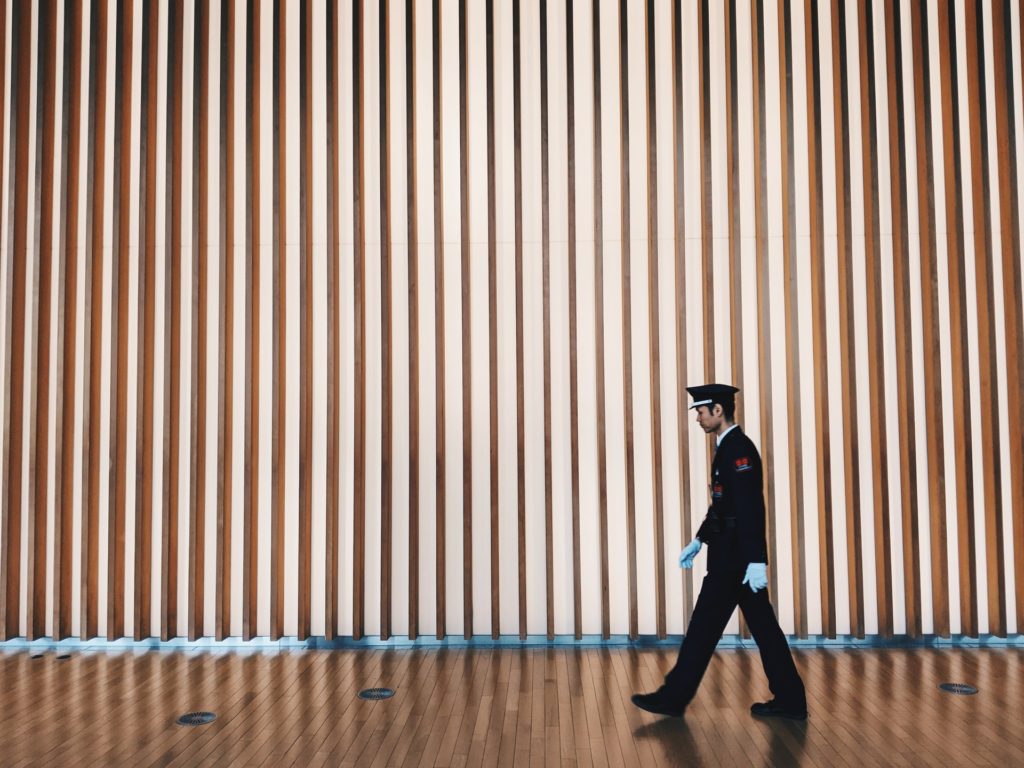
3. Reflections:
Cities are great places to look for reflections because of the glass structures that can be seen in most places. Reflections in glasses and sometimes on polished surfaces are great ways to capture symmetry as well when using reflections. Besides, on rainy days, puddles and reflective streets can be used to compose interesting images.
4. Juxtaposition:
Cities that are being rebuilt or cities that have both ancient and modern structures can be great places to incorporate juxtaposition in city life. Besides these, you can photograph the natural subjects like trees aside buildings, capture a small structure near or against a small structure, a person against a tall building, etc., to incorporate juxtaposition and scale in the images.
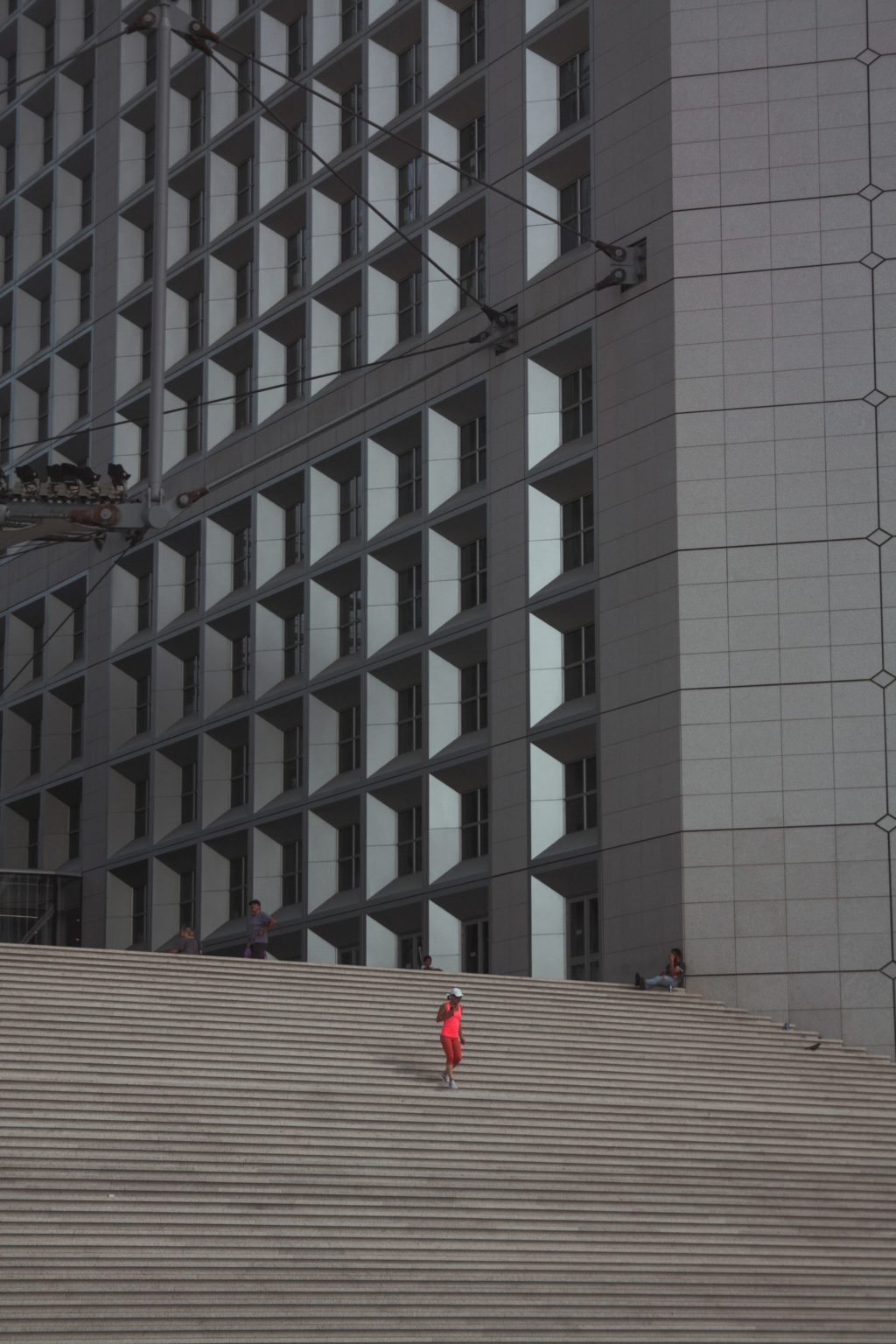
5. Symmetry:
Symmetry is a compositional guideline that can be easily incorporated into city life photography because of the various structures and their reflective surfaces. Most structures, roads have a symmetrical pattern and if not, you can make use of reflections on glass, steel, shiny surfaces, and water features to compose symmetry shots.
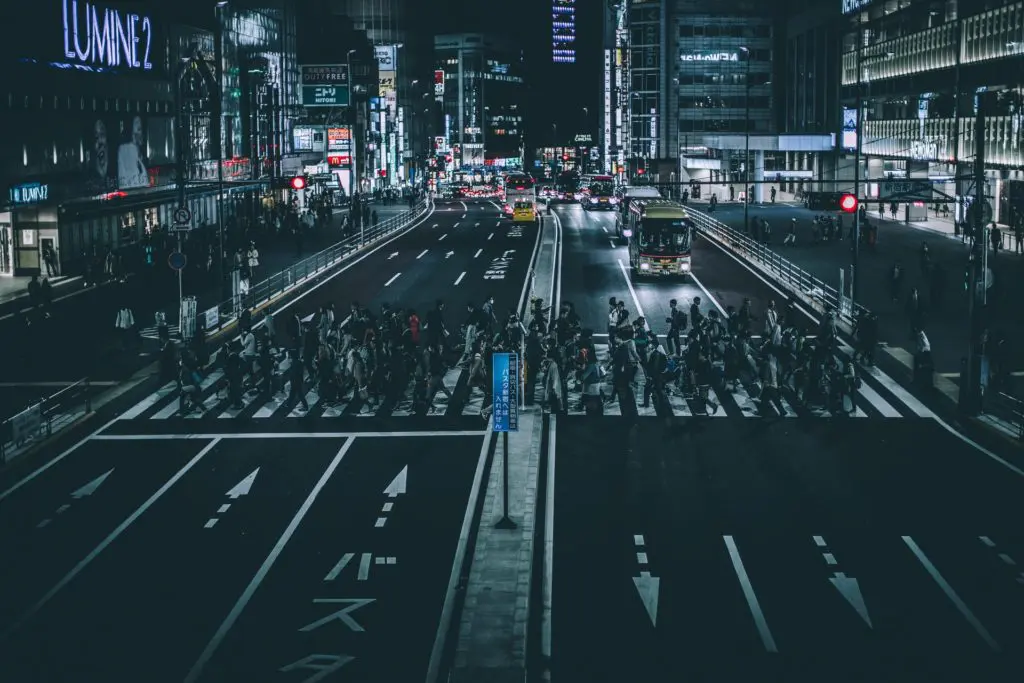
6. Leading Lines:
There are a lot of lines in cities starting from the streets, paths, roads, buildings, other structures, etc., and these can be used to interestingly frame your subject so the viewer is drawn straight to the point of interest in the frame. Make sure the lines take the viewer to the most important point in the photo. You can place other complementary elements along the line if required.
7. Negative Space:
Negative space in street photography can add emphasis to the subject you are photographing. The negative space need not be plain or empty, which is most of the time not possible in a city environment, but can be filled with other interesting patterns, lines, textures, etc., that complement the subject. This will help to create visual appeal and balance in the image.
8. Repetitions:
In a city, repetitions can be seen in many places starting with groups of people, buildings, pillars, and so on. Make use of these interesting and repetitive patterns or elements to create images where repetition can be used to create a visually interesting image that incorporates some sort of rhythm.
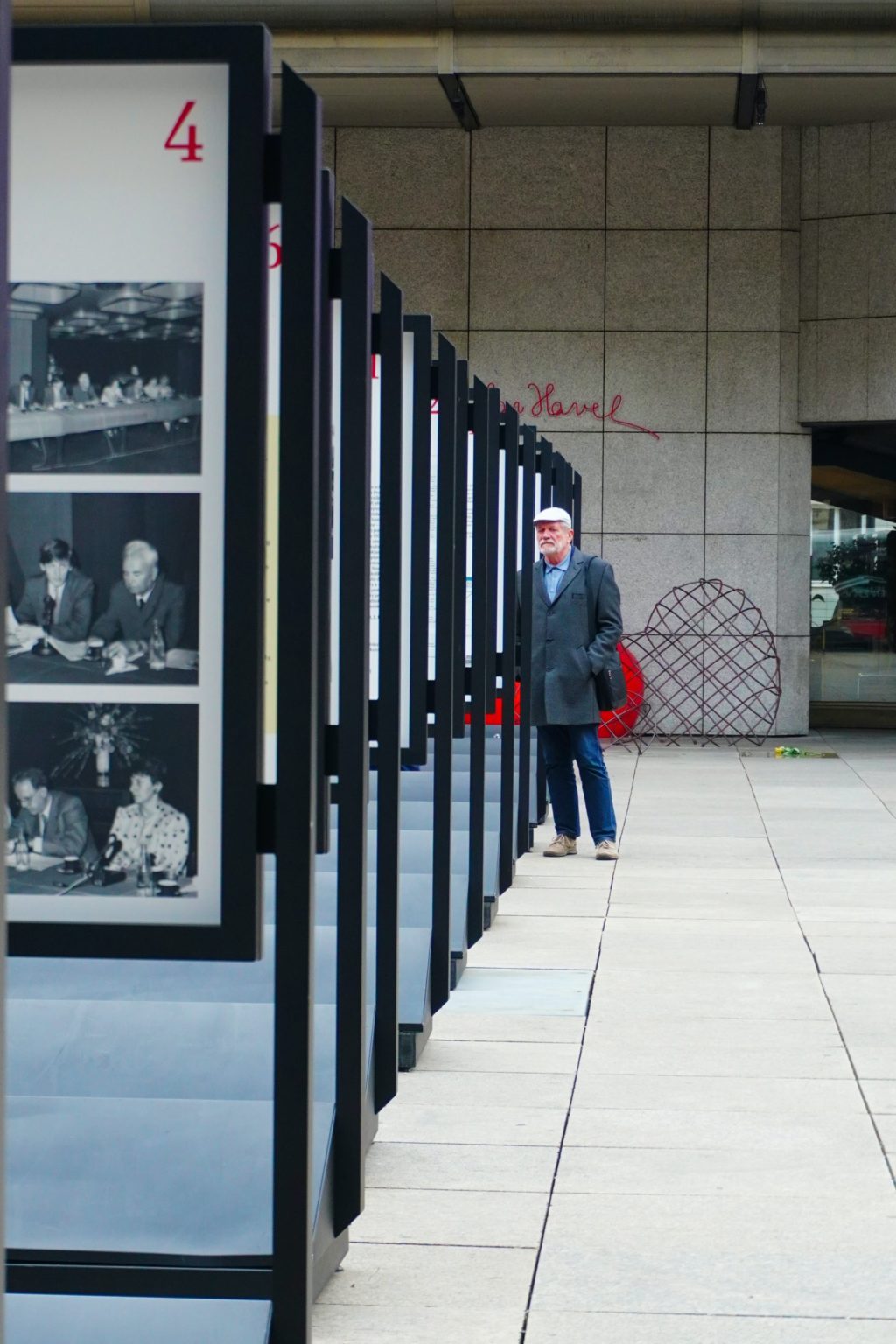
Lenses For Capturing Life In The City
When photographing streets, the best focal length recommended is 35mm but depending on what you are photographing and how wide or narrow you want the frame, you can go from 24mm up to 50mm. In busy areas where you want to isolate your subject from the background, especially in street portraits, you will want to shoot with a slightly narrow focal length and wide aperture and this can be achieved by shooting using a wide aperture value on a 50mm lens.
Although prime lenses can be faster and give better results compared to zoom lenses if you want to change focal lengths frequently when outside, it is not a great idea to carry many lenses and change frequently for street photography. It is good to walk or travel light when it comes to street photography and so a zoom lens like 24-70mm, 15-70 mm, or anything around this focal length range would be a great choice – different manufacturers do a different focal length range.
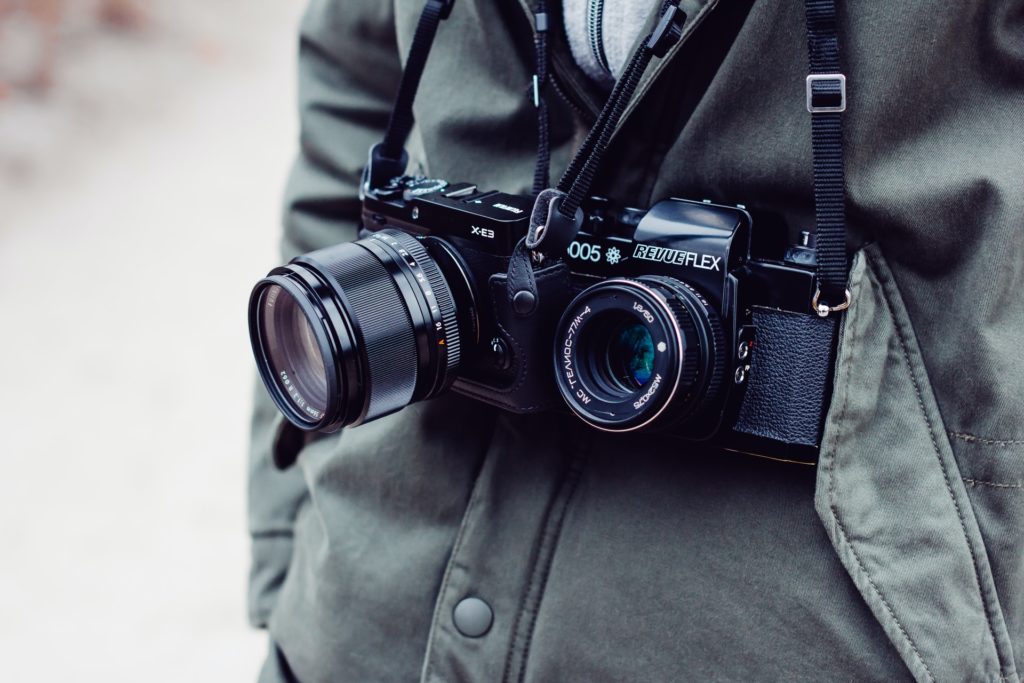
Camera Settings When Capturing Life In The City
Camera settings for street photography really depend on where, when, and what you are shooting. Here are some settings to keep in mind:
- Shoot raw in manual mode.
- You can set the white balance depending on the light, but in a city you are constantly moving between different lighting scenarios and hence it is good to leave it on auto and then make changes when post processing.
- If you are in a situation where shutter speed is the deciding factor for your images, you can even shoot at shutter priority.
- If you wish to shoot at a particular aperture value, then shoot using aperture priority and set a desired value for shutter speed, so the camera does not go slower than that.
- When you want to freeze movements, it is good to have the shutter speed at about 1/250s. If the light is very low, for example when shooting at night, depending on how fast your subject is moving, you can go down to about 1/125s.
- If you are looking to capture blur, then again it depends on how fast your subject is moving and how much blur you want to capture. You can try around 1/25s or 1/50s for panning shots depending on the focal length and speed of movement, but for still subjects and to blur elements around them, you will need to go still slower. Make sure you can keep your camera steady. In bright daylight, you may need an ND filter to cut down some light for long exposure.
- Some shots where more blur is required will need the use of a tripod and an exposure of about 1 or 2 to 5 seconds.
- In order to get sharp focus on subjects in a busy street, it is good to shoot at narrow aperture values between f/7 and f/11. When it gets dark, you may have to shoot at wider apertures to save from shooting at high iso values.
- Depending on the shutter speed and aperture value combination, set the iso to get the desired exposure. Do not use very high iso values as it can cause noise and ruin the photographs.
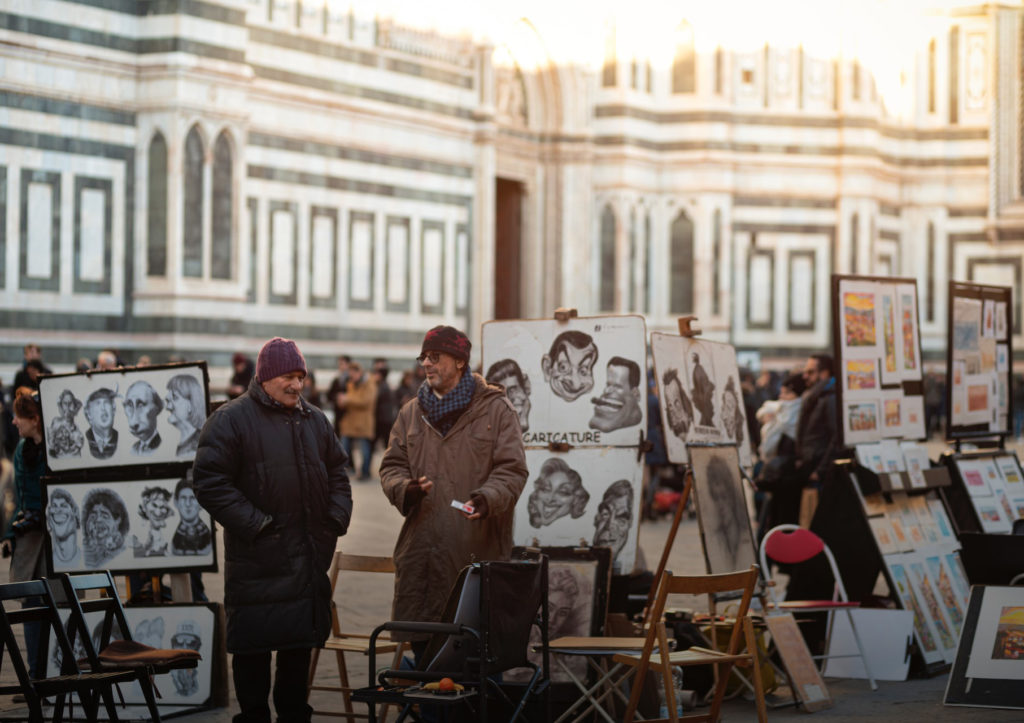
Editing City Life Photos
When editing street photos, it is good to keep the natural colors and the editing to a minimum except for some basic adjustments and required clean-up to make the image presentable. Here are some basic edits to keep in mind:
- Choose the best images if you shot any in burst mode. Choose a bunch of the best images to put together that will tell a story about your city.
- Make adjustments to white balance if you did not get it right in camera.
- Crop the image to get the desired composition.
- Make adjustments to exposure, contrast, blacks and whites.
- You may need to make adjustments to shadows to bring out details.
- If there are areas where you want to get details in the highlight areas, work with the highlight slider.
- If there are any lines or other structures, straighten them to get a clean look.
- Very tall architectural structures look good with the converging verticals and straightening them will take away from their character. So, leave them as they are.
- Increase the clarity slightly if required, and this is required where there are textures and architectural structures that need a boost in structure.
- You can also convert the images to black and white to simplify them and bring more attention to the subject that matters the most because sometimes a busy city life in colour can be more confusing and distracting for the viewer.
- To convert the image to black and white, drag the saturation slider all the way to the negative side and then work with the HSL panel to get the tones right.

Learning to shoot with the camera you have on you is one of the KEYS to building a collection of great urban and street images. This week the Urban iPhone Photography course by IPS will give you the skills for continually compelling shots. And it's 80% discounted. PLUS we will send you our notes for the course so you don't have to take them yourself with our Urban iPhone Photography Buddy Notes! Free! Secure your discount and bonus here.
When you walk through the streets in a city, you will get more ideas, inspiration based on what you are seeing and observing. The ideas given here can be of some help to start looking at your city or town in a different way and get motivated, inspired for some interesting shots.

